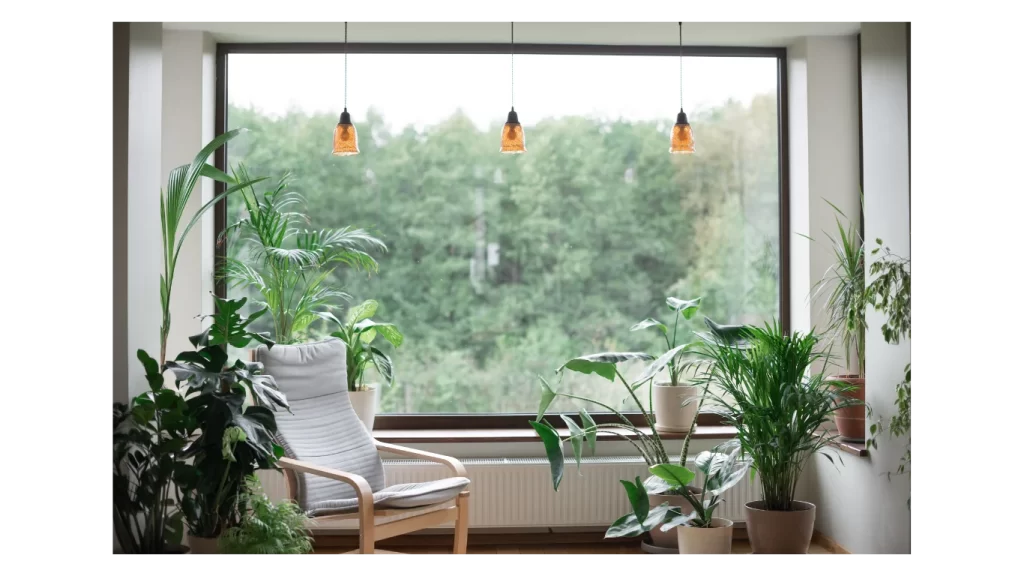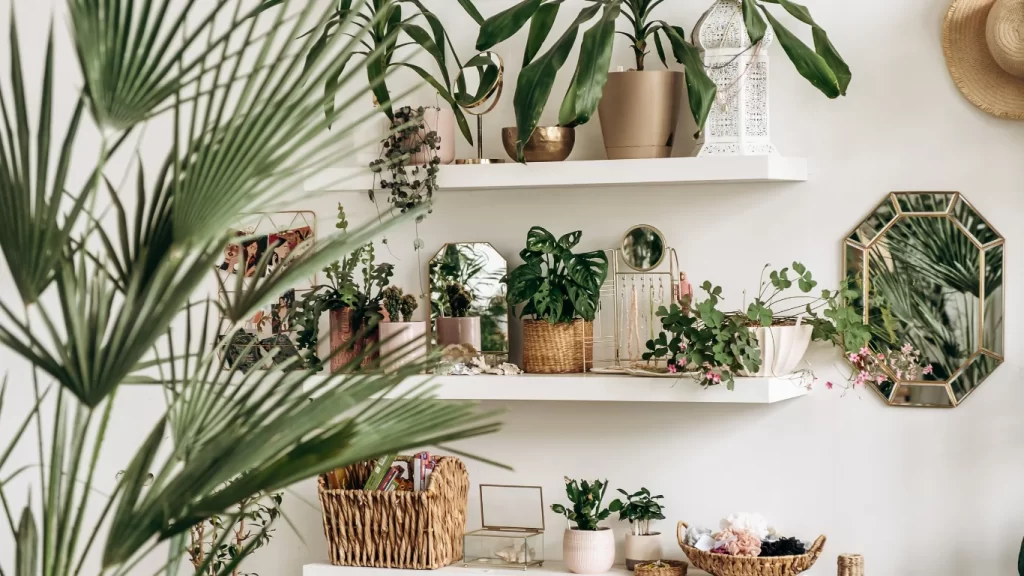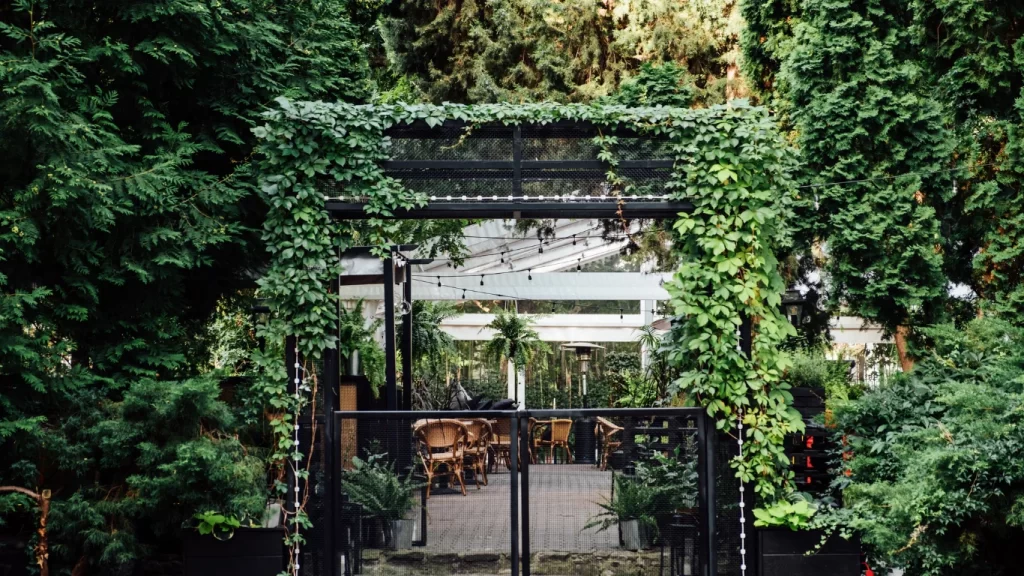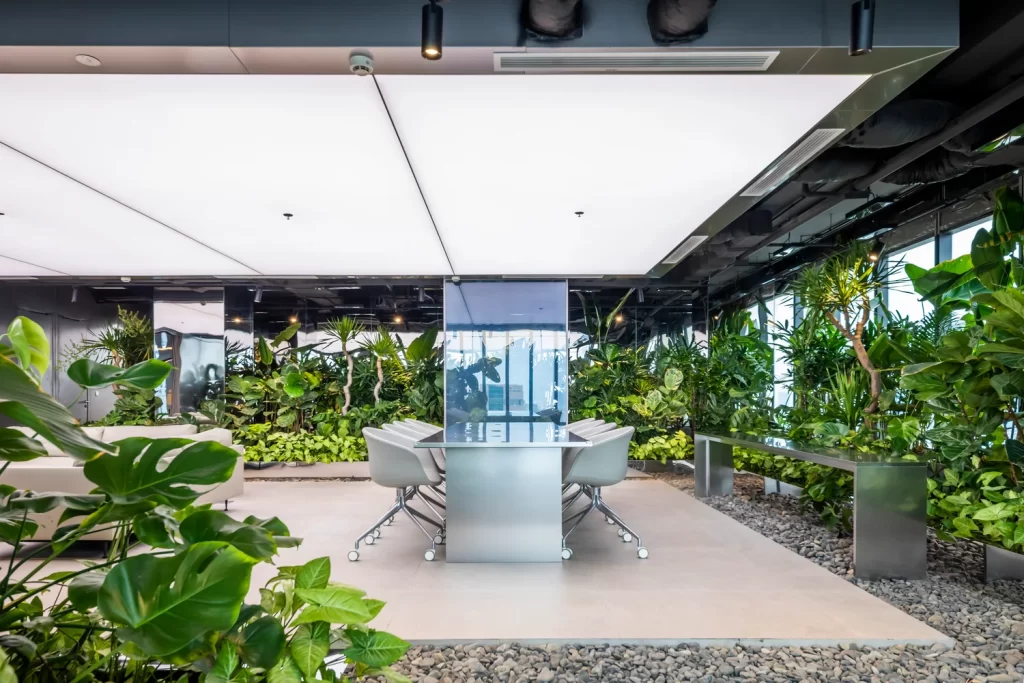Did you know that incorporating nature into the office through biophilic design can improve productivity and well-being? By adding natural lighting, plants, and materials that mimic the natural world, this design concept connects us with nature. Understanding biophilic design is important as workspaces evolve, and it can create a healthier and more welcoming office atmosphere.
We will explore the basics of biophilic office design, highlighting its benefits and the evidence supporting its positive impact on workplace productivity and employee wellness. We will also explore practical ways to bring biophilic design principles into the office and offer actionable steps to seamlessly integrate nature into the workspace.
By showing you how to embrace and implement office biophilic design, you’ll gain valuable insights into transforming traditional workspaces into vibrant, life-affirming environments that not only nurture the spirit but also enhance overall productivity and health.
What is Biophilic Office Design?

Definition of Biophilia
Biophilic design integrates elements from nature into the built environment, enhancing human connection to the natural world. Coined by Erich Fromm in 1964 and later popularized by Edward O. Wilson, the term “biophilia” encapsulates humans’ innate attraction to nature. This design philosophy not only includes the presence of direct natural elements like plants and water but also embraces natural light, views of the outdoors, and materials that reflect the local ecology.
Historical Context
The concept of biophilia is not new and has been a part of human culture and architecture for centuries. During Victorian times, the popularity of seaside resorts and public botanical gardens highlighted the societal value placed on nature for health and well-being. This historical appreciation of nature continues to influence modern biophilic office designs, aiming to create workspaces that merge functionality with the calming effects of nature.
Core Elements
Biophilic office design is characterized by several key elements that aim to bring the outdoors inside and create a harmonious work environment. These include:
- Natural Light and Views: Maximizing exposure to natural light through large windows and incorporating views of the outdoors.
- Green Spaces: Integrating features such as living walls, indoor gardens, and roof terraces.
- Natural Materials and Textures: Utilizing wood, stone, and other natural materials to mimic outdoor environments.
- Water Features: Incorporating elements like fountains or ponds to enhance the sensory experience.
- Dynamic and Natural Shapes: Designing with curves, arches, and forms that echo natural landscapes.
These elements work together to foster a workplace that not only boosts physical well-being but also enhances mental health, leading to increased productivity and creativity.
Benefits of Biophilic Design in the Workplace

Mental Health and Well-being
Biophilic design significantly enhances mental health and well-being by incorporating natural elements into the workplace. Research indicates that features like plants and natural light not only elevate mood but also improve mental health. This connection to nature helps mitigate stress and fosters a positive work environment, contributing to overall employee satisfaction.
Enhanced Productivity and Creativity
Studies have demonstrated a direct correlation between biophilic design and increased productivity and creativity. Introducing elements such as indoor plants and natural lighting can boost cognitive function and focus. In fact, environments that include biophilic design have shown productivity improvements ranging from 6% to 20%. These settings also encourage creative thinking, which is essential for problem-solving and innovation in business.
Improved Air Quality
One of the practical benefits of biophilic design is the improvement of air quality within office spaces. Plants play a crucial role in reducing levels of carbon dioxide and increasing humidity, which combats the dry air often found in air-conditioned offices. Additionally, they are effective in absorbing harmful volatile organic compounds (VOCs), providing a healthier breathing environment for employees.
Stress Relief
Engaging with biophilic elements such as water features and green spaces can significantly reduce stress levels in employees. The presence of natural features engages the parasympathetic nervous system, promoting relaxation and reducing the symptoms of stress. This not only improves the well-being of employees but also enhances their ability to concentrate and remain productive throughout the workday.
Practical Applications of Biophilic Design

Using Natural Light
Natural light is essential for health and well-being, significantly impacting mental health and performance. Incorporating large windows, skylights, or solar tubes invites ample natural light into the office, reducing reliance on artificial lighting. Managing direct sunlight with blinds or shades helps avoid glare, which can cause discomfort and eye strain.
Incorporating Greenery and Plant Life
Introducing plants into the office environment goes beyond aesthetic appeal; it enhances air quality and psychological comfort. Options range from small potted plants on desks to more ambitious installations like living walls or vertical gardens. These green spaces not only purify the air but also serve as natural dividers, creating visually distinct work areas.
Integrating Natural Materials and Textures
Using materials such as wood, stone, and natural fibres brings the tactile experiences of the outdoors indoors. These elements provide a sensory connection to nature, which can counterbalance the sterile feel of traditional office environments. Incorporating these materials in furniture, flooring, or wall coverings can enhance the biophilic quality of the office space.
Creating Outdoor Spaces
Expanding the office environment to include outdoor areas such as rooftop gardens or terraces encourages interaction with nature. These spaces offer employees a place to rejuvenate and engage with natural elements during breaks, fostering creativity and a sense of well-being. Designing these areas with comfortable seating and protective elements ensures they are usable in various weather conditions.
Steps to Implement Biophilic Design in Your Office

Start Small with Plants
Introducing biophilic elements into an office doesn’t require a complete overhaul. Begin by incorporating indoor plants, which are known to enhance air quality and reduce noise levels. Opt for low-maintenance varieties suitable for indoor environments and place them in communal spaces, workstations, and meeting rooms. This small step not only improves the visual appeal of the office but also contributes significantly to the well-being and productivity of employees.
Enhance Natural Light
Maximizing natural light is a cornerstone of biophilic design. Utilize large windows and skylights to flood the workspace with daylight, minimizing the need for artificial lighting. This not only saves energy but also boosts the mood, energy levels, and concentration of employees. Consider the strategic placement of workstations to ensure that all employees benefit from direct natural light without the discomfort of glare.
Use Colors and Materials from Nature
Embrace the calming effects of nature by selecting natural materials like wood, stone, or bamboo for office furnishings and finishes. These materials should be sustainably sourced to align with eco-friendly practices. Additionally, incorporating organic shapes and patterns in the decor can evoke a sense of tranquillity and connection to the natural world. This approach not only creates a soothing atmosphere but also strengthens the biophilic impact of the design.
Engage Employees in the Design
To foster a deeper connection to the workspace, involve employees in the biophilic design process. Encourage them to provide feedback and suggest ideas for integrating natural elements. This inclusion helps ensure that the office design aligns with their preferences and enhances their overall satisfaction and productivity. Consider using surveys, idea boxes, or workshops to gather input and engage employees in meaningful ways.
Related: Find out other essentials you would need in your office to make productivity better here.
Conclusion
By using biophilic design principles, the modern workspace can become a place of productivity and well-being. This approach creates an environment where employees feel more connected, creative, and content. The use of natural light, green spaces, and materials that reflect the natural world has been shown to have a positive impact on mental health, productivity, and air quality in office settings. Embracing such designs allows businesses to create workplaces that prioritize employee health and efficiency while echoing the healing and inspiring attributes of nature.
Moving forward, it is crucial to incorporate natural elements into our work environments. This not only reflects our innate connection with nature but also enhances the quality of life and work output. The journey towards creating vibrant, life-affirming office spaces is ongoing, and the principles of biophilic design offer valuable insights and solutions for navigating this path. Embracing these practices promises a future of workspaces that harmonize nature and architecture for the benefit of all who occupy them.
FAQs
What advantages does biophilic design offer in office settings?
Biophilic design can significantly enhance creativity and productivity, with improvements of up to 15%. It also helps alleviate stress, boosts mental well-being, and contributes to a happier, healthier work environment. Additionally, it can be a critical factor in attracting and retaining top talent.
How does the layout of an office influence employee productivity?
The design of an office space is crucial for enhancing employee engagement, productivity, and overall job satisfaction. A workspace that fosters collaboration and communication allows employees to solve problems and complete tasks more effectively, thereby enhancing the organization’s efficiency.
What effects does biophilic design have on employee efficiency?
Biophilic design supports physical and mental health by reducing stress, improving cognitive function, and boosting immunity. This leads to a healthier, more resilient workforce. Furthermore, it enhances focus and creativity, which in turn drives productivity and contributes to the organization’s growth.
In what ways can office design lead to increased productivity?
Several design elements can help boost productivity in the office:
Temperature control ensures a comfortable working environment.
Colour choices can influence mood and cognitive functions.
The presence of plants can improve air quality and reduce stress.
Breakout spaces provide areas for relaxation and informal interactions.
Effective lighting is crucial for comfort and visibility.
Incorporating innovative technology can streamline operations and enhance efficiency.
Quiet zones allow for focused work without distractions.
Collaborative spaces encourage teamwork and idea-sharing.





